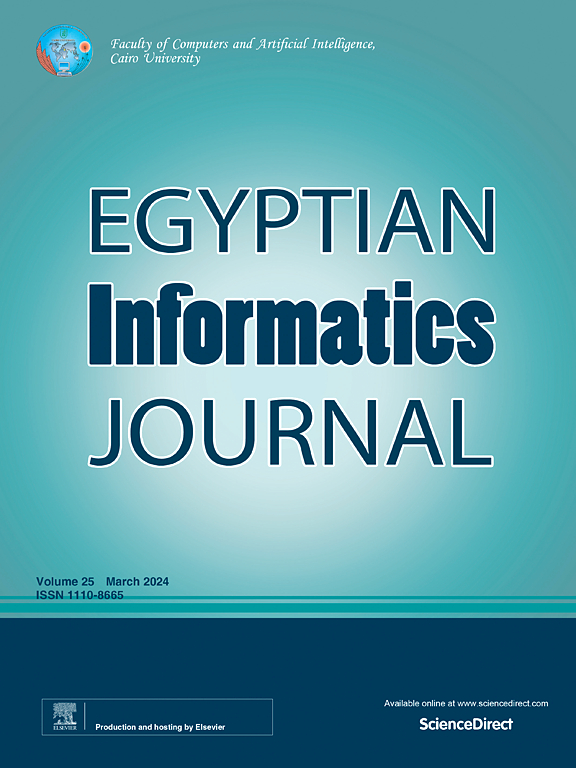用于龙舟赛图像模糊处理的模糊算子红外图像去模糊算法
IF 5
3区 计算机科学
Q1 COMPUTER SCIENCE, ARTIFICIAL INTELLIGENCE
引用次数: 0
摘要
针对现有红外图像去模糊方法鲁棒性差、泛化能力弱的问题,提出了一种基于模糊算子的算法来解决龙舟赛中的模糊成像问题。实验表明,利用原始数据集和合成数据集训练的模型在峰值信噪比和结构相似性性能指标上差异很小,评价结果接近。对于 19 像素的模糊图像,研究算法提取的模糊像素数为 22,相差 3 像素。对于 35 像素的模糊图像,该算法提取了 34 个模糊像素,相差 1 个像素。这表明算法的去模糊结果是准确的。在峰值信噪比和结构相似度方面,峰值信噪比和结构相似度分别为 30.98 dB 和 0.921,均为所有算法的最优值。在像素灰度值变化方面,研究方法的模拟模糊长度为 19 像素,实际模糊长度为 20 像素,远小于 30 像素。结果验证了该算法在龙舟比赛红外图像去模糊方面的有效性和意义。本文章由计算机程序翻译,如有差异,请以英文原文为准。
Fuzzy operator infrared image deblurring algorithm for image blurring in dragon boat races
To address the issues of poor robustness and weak generalization in existing infrared image deblurring methods, a fuzzy operator-based algorithm is proposed to solve the fuzzy imaging in dragon boat races. The experiment showed that the models trained utilizing original and synthesized datasets had very small differences in peak signal-to-noise ratio and structural similarity performance indicators, and the evaluation results were close. For a blurry image with 19 pixels, the number of blurry pixels extracted by the research algorithm was 22, with a difference of 3 pixels. For a blurry image with 35 pixels, the algorithm extracted 34 blurry pixels, with a difference of 1 pixel. This indicated that the deblurring result of the algorithm was accurate. In terms of peak signal-to-noise ratio and structural similarity, the peak signal-to-noise ratio and structure similarity were 30.98 dB and 0.921, respectively, both of which were the optimal values in all algorithms. In terms of the change of pixel gray value, the simulated blur length of the research method was 19 pixels, and the actual blur length was 20 pixels far less than 30 pixels. The results verified the effectiveness and significance of the algorithm for deblurring of dragon boat competition infrared images.
求助全文
通过发布文献求助,成功后即可免费获取论文全文。
去求助
来源期刊

Egyptian Informatics Journal
Decision Sciences-Management Science and Operations Research
CiteScore
11.10
自引率
1.90%
发文量
59
审稿时长
110 days
期刊介绍:
The Egyptian Informatics Journal is published by the Faculty of Computers and Artificial Intelligence, Cairo University. This Journal provides a forum for the state-of-the-art research and development in the fields of computing, including computer sciences, information technologies, information systems, operations research and decision support. Innovative and not-previously-published work in subjects covered by the Journal is encouraged to be submitted, whether from academic, research or commercial sources.
 求助内容:
求助内容: 应助结果提醒方式:
应助结果提醒方式:


